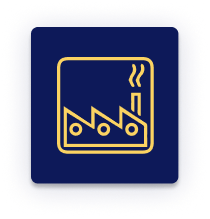- csem@csem.com
- (888)701-2736
- Special Treat
- What's New
JUST IN TIME
SAFETY TRAINING
24/7
MULTIPLE
LANGUAGE OPTIONS
888-701-2736
JUST IN TIME
SAFETY TRAINING
24/7
MULTIPLE
LANGUAGE OPTIONS
888-701-2736
SAFETY TRAINING
24/7
MULTIPLE
LANGUAGE OPTIONS
SAFETY TRAINING
24/7
MULTIPLE
LANGUAGE OPTIONS

Workplace accidents involving hand and power tools are rather prevalent because of how common these items are. Before an extremely harmful accident happens, measures must be taken to recognize and eliminate potential tool-related hazards. Workers using hand and power tools face a variety of risks, including but not limited to those posed by falling or flying materials, abrasions, splashing objects, toxic dusts or fumes, mists, vapors, and gases, and electrical shock.
OSHA has issued guidelines for the general industry, the maritime industry, and the construction industry that cover the use of hand and power tools safely. In this course, we will examine OSHA’s guidelines and procedures concerning the use of hand and power equipment on the job.
The goal of this training is to familiarize workers and employers with the fundamental safe guards and safety procedures that should be taken when using hand and portable power equipment.

training requirements of 29 CFR 1910.120(e)(3)(i) defined by Federal OSHA HAZWOPER for general industry.

training requirements of 29 CFR 1926.65(e)(3)(i) defined by Federal OSHA HAZWOPER for construction sector.

HAZWOPER training requirements for EPA and State OSHA guidelines.
The audience of this course are all employees and employers involved in establishing safe working procedures.

Introduction
Types of Hand & Power Tools
Dangers of Hand Tools
Hazards of Power Tools
OSHA Safety Standards
Personal Protective Equipment (PPE)